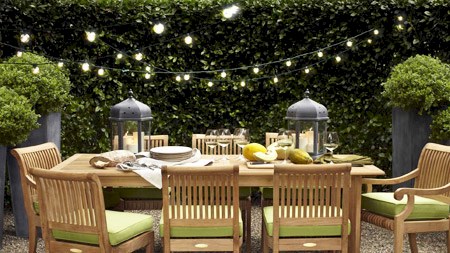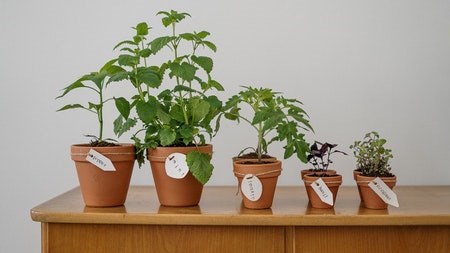Learn how you can bring a little magic to your outside space by creating your very own fairy garden. This would be fun to do with the kids.
For many, gardens are a retreat away from the hustle and bustle of daily life. Many take great pride in their gardens and spend countless hours potting, weeding, pruning and planting. While some may add points of interest in the form of water features or sculptures, others delight in creating miniature fairy gardens.
For adults, such gardens quite possibly serve as reminders of their childhood and add a magical touch to a garden. For children, fairy gardens fire the imagination and provide many happy hours of play.
A suitable container, garden nook or even a tree stump, coupled with some scale-appropriate plants and a few fairy accessories are all it takes to create your own fairy garden. It’s worth pointing out that this is the kind of project which you can do on your own or with members of your family.
Step one:
Decide exactly where you want to position your fairy garden. The amount of light or shade the area receives will dictate what types of plants you can use. Once you’ve chosen a suitable spot, decide what type of container, if any, you are going to use. This could take the form of a wheelbarrow, a picnic basket, an old drawer, a broken or new pot, a tree stump, an old birdbath, a bucket or even an old suitcase. The choice is yours. Just remember to allow for proper drainage so that your miniature world doesn’t stay perpetually wet and your plants don’t get too soggy.
Step two:
Add a generous amount of good quality potting soil. Your plants will need it to take root and thrive.
Step three:
Choose your plants. Again, the amount of sun or shade your miniature garden receives will largely dictate the types of plants you choose. Generally speaking though, the smaller the better. Herbs are recommended given their fragrant qualities and their tendency to stay relatively small. Think thyme, lemon scented geraniums, lavender, marjoram, oregano and sage.
Other small plants which work well in miniature gardens include miniature succulents, moss, miniature roses, miniature African Violets and miniature spruce trees to name but a few. If in doubt, ask your local nursery to direct you to their miniature plants section. What’s more, as is the case with big gardens, it’s important to keep in mind that the plants in your fairy garden will have to evolve with the seasons too.
Step four:
Accessorise and invite fairies to your garden. This is the really fun part as you can let your imagination run riot! You can create a home (or homes) for your fairies out of bottles, terracotta pots, bits of old wood and cork, tree stumps or post boxes. You can create rustic dwellings from scratch or you can buy modern miniature homes from a toy store or nursery. It is possible to order fairy gardens online but these are generally quite costly.
Other possible accessories to add to your fairy garden include tiny seats, pebble paths, small fences, tiny post boxes, toadstools, signposts, small fake animals such as bunnies and birds, bird houses, steps, dams, archways, and of course the fairies themselves. A small string of solar powered fairy lights wouldn’t be out of place if you want to light up your garden at night.
Again, all of the objects you add to your fairy garden can be handmade or shop bought. It all depends on how involved you want to get and how much you’re prepared to spend. Just keep in mind that the trick to a successful fairy garden is to make it as whimsical as possible. Be careful not to over-do things either as your miniature garden could end up an eye-watering, cluttered circus as opposed to a magical domain.




